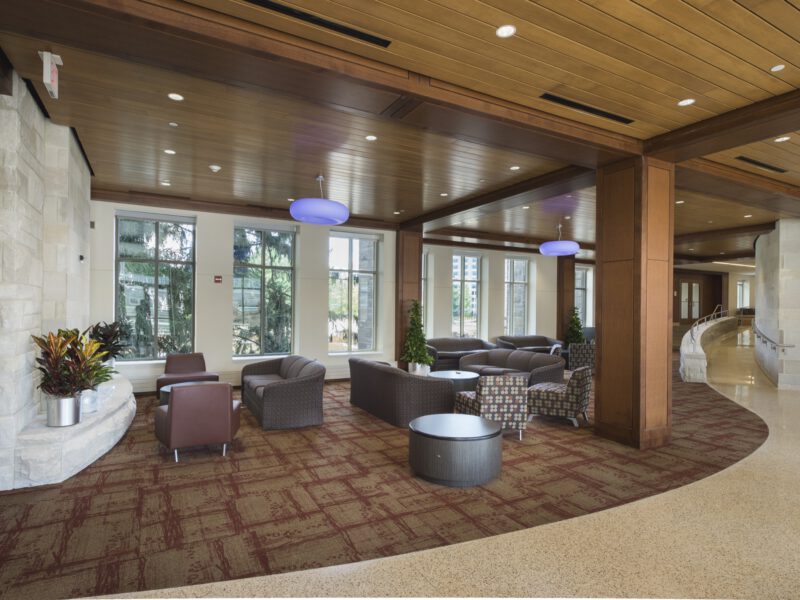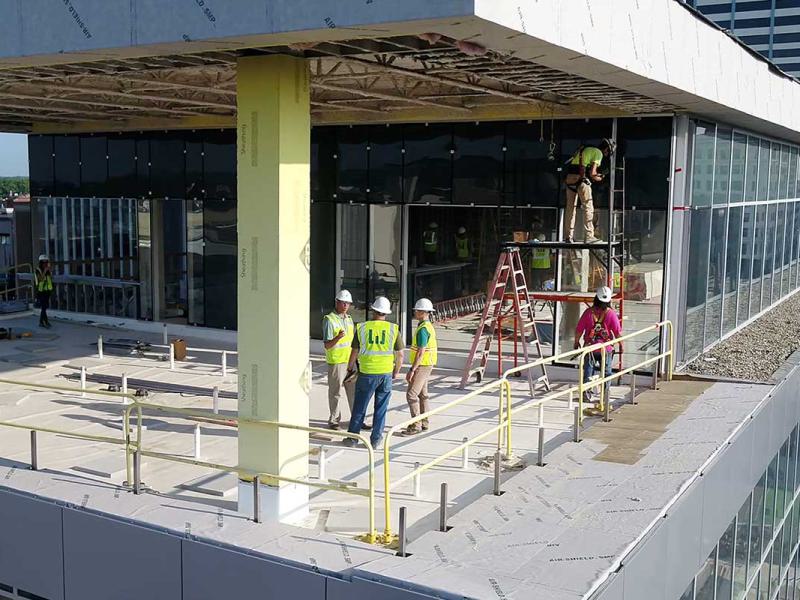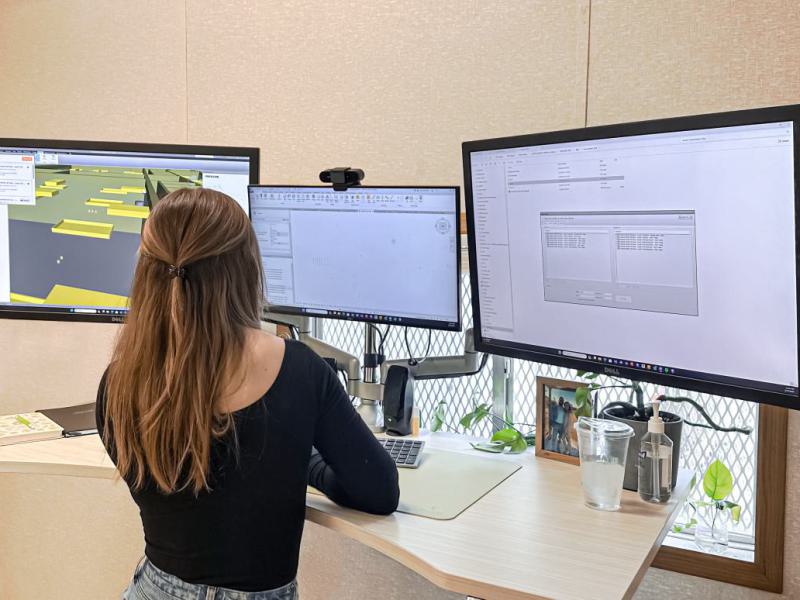Weigand follows a unique process for incorporating green features and building practices into every design and development. Each project can be reviewed on a “Green” level to identify “Green ROI” options if desired by the owner. Key decision factors include corporate culture, utility and tax incentives, payback analysis, and LEED® certification.

Weigand Construction has been active in sustainable construction initiatives, employing LEED® Accredited Professionals, adding improved environmental building practices and green materials, and participating in the LEED® certification process on select projects.

Weigand Construction has been active in sustainable construction initiatives, employing LEED® Accredited Professionals, adding improved environmental building practices and green materials, and participating in the LEED® certification process on select projects.

What is LEED® Building?
Leadership in Energy and Environmental Design™ (LEED) is a program facilitated by the U.S. Green Building Council that provides third-party verification of green buildings. LEED® gives building owners and operators a framework for identifying and implementing practical and measurable green building design, construction, operations, and maintenance solutions.
Weigand identifies and incorporates green building methodology into projects throughout the design and preconstruction phases. Additional sustainable credits can also be discussed if they involve initial costs but provide a reasonable financial return in energy usage over time.
Sustainable Construction
Whether you choose to utilize environmentally friendly material options or pursue full LEED® building certification, our team of experts will help you arrive at the best solution to suit your sustainability needs as green construction methods adapt and improve across the industry.
Indiana University
Spruce Hall
New Construction / 450 Bed Residence Hall
150,812 Square Feet
LEED Certified from the U.S. Green Building Council
Ball State University
Jo Ann Gora Student Recreation and Wellness Center
Multi-level Fitness Room
Five-Court Gymnasium / Rock Climbing Wall
LEED Certified from the U.S. Green Building Council
Goshen Hospital
Power Plant
Extensive Renovation
LEED Certified from the U.S. Green Building Council
Join Our Team
At Weigand, people are what build our company down to our Core Values. With office, field and tech jobs available, we’re always looking to add to our growing workforce!

